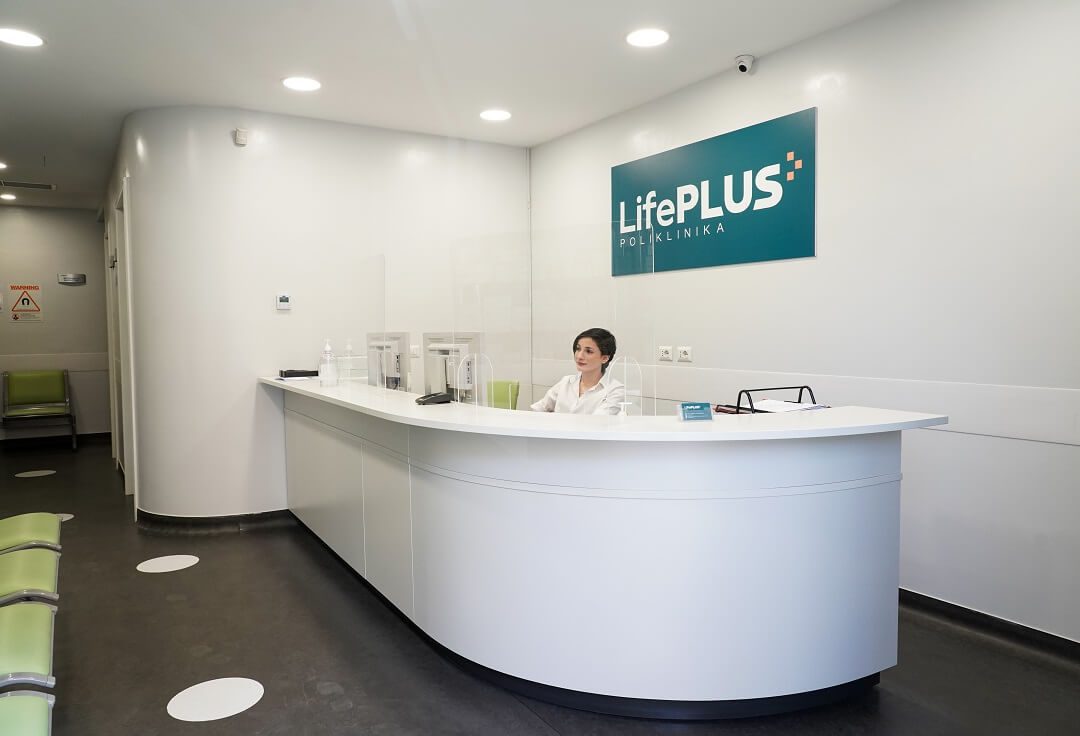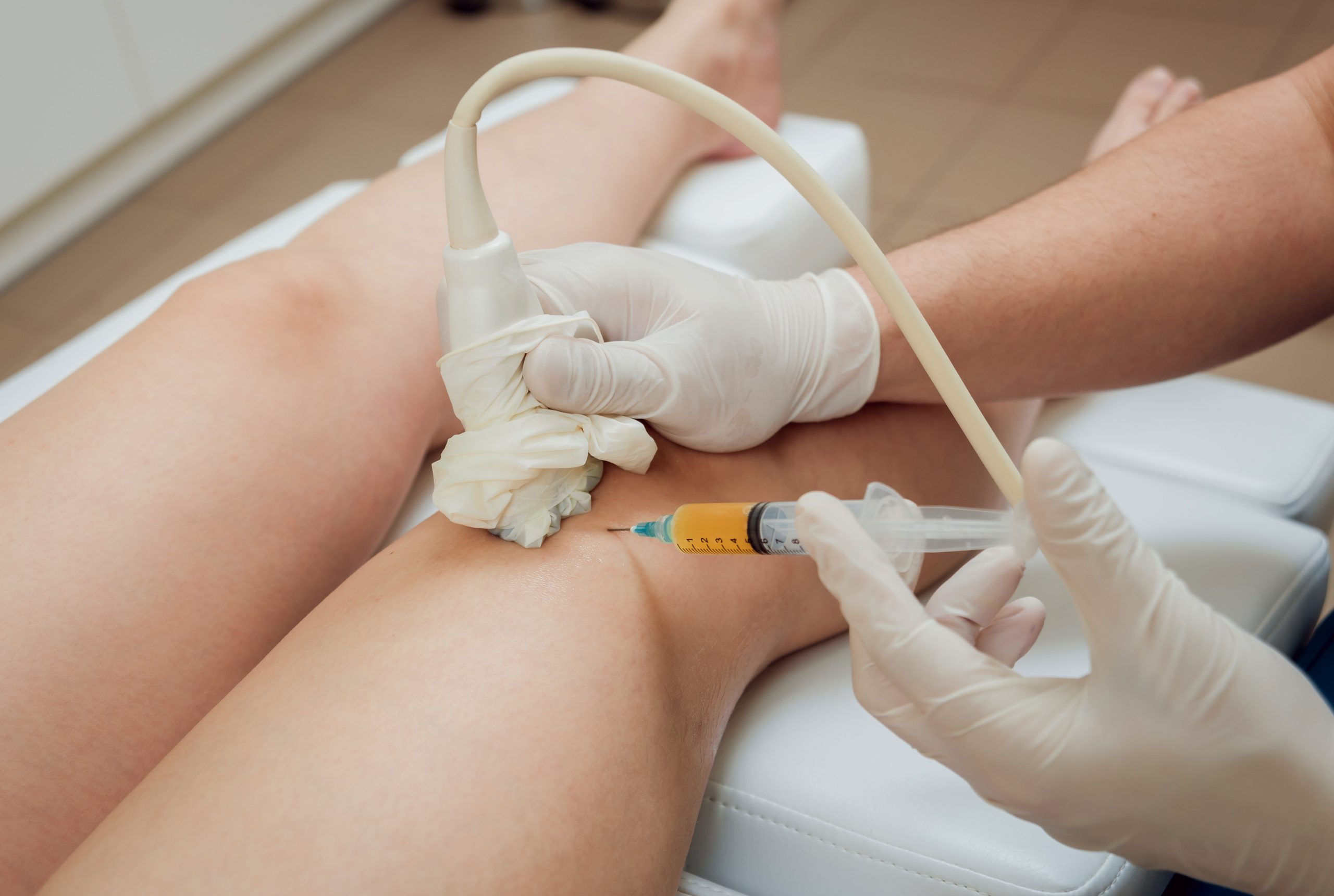LifePlus Hospital is the newest health care center in Tirana and has entered the market with the mission of providing comprehensive, high-quality medical services to everyone.
Located in Gintash Block, Laprakë, LifePlus Hospital provides its services based on the dedication of experienced medical staff and the most advanced technology of medical devices. LifePlus aims to provide empathetic care to each patient who walks into the clinic and enables affordable prices for specialized medical treatments.
The LifePlus hospital staff challenge is to meet every medical need and the expectation of its patients while maintaining the highest standards and establishing an important center in Tirana for services that begin with medical education, preventive care, diagnosis, treatment, and rehabilitation of many diseases.
Doctors are the most valuable asset and the biggest guarantee in LifePlus. The specialties treated in this hospital are from different disciplines and are provided by the best doctors and professionals, both international and Albanian.
Well-known names in medicine, such as Prof. Dr. Sc. Mladen Miškulin, an arthroscopic surgery specialist, provide health care services in the hospital. Infectious disease doctor Prof. Dr. Arjan Harxhi, one of the well-known names in the treatment of viral hepatitis and various infections, is part of the medical staff at LifePlus. Dr. Ervin Rapushi, the most qualified rheumatologist in Albania, who specializes in the diagnosis and treatment of diseases related to the musculoskeletal system, is in the clinic every day. Prof. Dr. Sc Saša Janković, Head of the Department of Orthopedics at the Sveti Duch Clinic in Zagreb and orthopedist of the Croatian football team regularly comes to visit his patients at LifePlus.
Dr. Indin Xhemali and Dr. Blendi Toska consult patients on a daily basis, as well as once a week for free.
Services include consultations, outpatient services, MRI resonances, laboratory testing, and various examinations. LifePlus provides a wide range of disciplines, including orthopedics, rheumatology, neurology, endocrinology, and infectious diseases.
With a vital role in medical diagnosis, through modern technology, various types of radiographs can be performed. Patients can also undergo various forms of ultrasounds, gynecological examinations, or physiotherapy.
The philosophy of LifePlus is based on the commitment to serve, improve and extend life by utilizing the greatest professional capabilities, cutting-edge technology, and a deep love for people.









